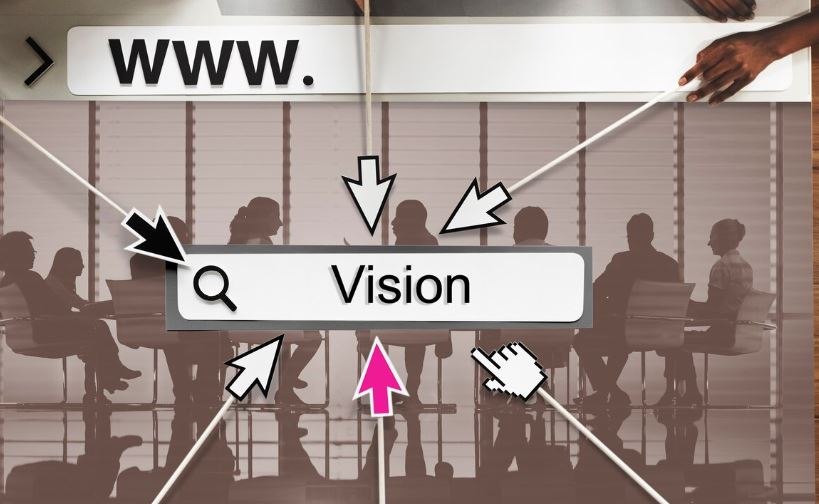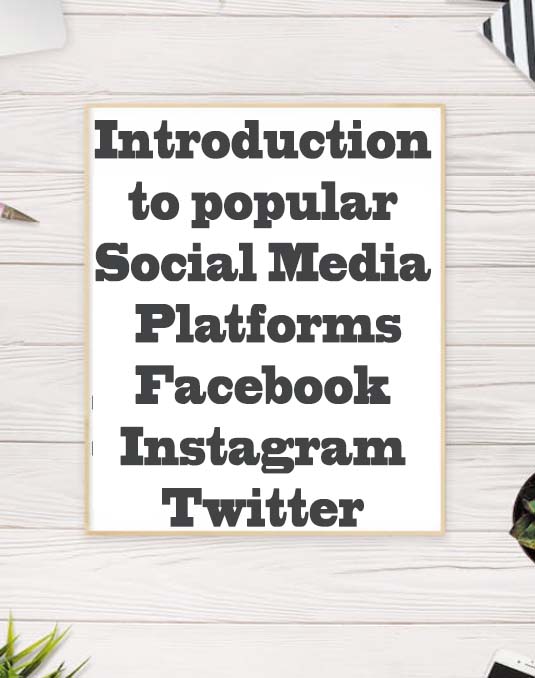
The web development industry has seen a growing demand for platforms that balance design flexibility with user accessibility. Webflow, founded in 2013, has become a powerful player in this field, offering a code-free solution that allows users to design, create and launch websites without delving into traditional coding. A whole new service was born: webflow web development.
A Decade of Growth and Innovation
Since its inception, Webflow has experienced significant growth. By 2024, it has become the 18th most popular content management system (CMS) in the United States and 19th globally. This ascent is noteworthy, considering the platform's market share increased from 0.2% in 2019 to 0.9% by May 2022.
Financially, Webflow's trajectory has been impressive. In January 2021, the company raised a $140 million Series B funding round, valuing it at over $2.1 billion. By March 2022, its valuation had doubled to approximately $4 billion, with annual recurring revenue nearing $100 million.
Empowering Users Through No-Code Development
Webflow's core appeal lies in its no-code platform, which democratizes web development by allowing users to create responsive, professional-grade websites without writing code. This approach caters to designers, marketers, and businesses seeking to maintain control over their web presence without relying on traditional development resources. The platform's visual interface enables users to design with precision, while Webflow automatically generates clean HTML, CSS, and JavaScript in the background. This ensures that websites are not only visually appealing but also optimized for performance and search engine visibility.
Expanding Capabilities and Features
Webflow has continually expanded its feature set to meet the evolving needs of its users. In 2023, the company introduced AI-driven tools, including the Webflow AI Assistant, which generates content and design elements based on natural language prompts. This innovation streamlines the design process, allowing users to create and populate web pages more efficiently.
Additionally, Webflow has enhanced its CMS capabilities, providing robust content management features that rival traditional platforms. Users can manage dynamic content, implement complex interactions, and integrate with various third-party services, making it a versatile tool for diverse web development needs.
Market Position and Adoption
Despite its relatively modest market share, Webflow's influence is notable, particularly among high-traffic websites. Data indicates that 2.65% of the top 10,000 sites are built with Webflow, highlighting its adoption by prominent brands and organizations.
The platform's user base has grown to over 3.5 million, including notable companies like Upwork, Dropbox, and Discord. This diverse clientele underscores Webflow's versatility and its capacity to serve a wide range of industries and applications.
Challenges and the Road Ahead
While Webflow offers a compelling suite of features, it faces challenges common to no-code platforms. The learning curve can be steep for beginners, and certain advanced functionalities may still require custom code or third-party integrations. Moreover, as the no-code movement gains momentum, Webflow must continue to innovate to maintain its competitive edge.

Looking ahead, Webflow's commitment to expanding its ecosystem, enhancing user experience, and integrating emerging technologies positions it well in the dynamic web development landscape. As businesses increasingly seek agile and user-friendly solutions, Webflow's blend of design freedom and technical robustness offers a compelling proposition for the future of web development.
How Webflow Stands Apart in the Competitive Landscape
In an industry dominated by giants like WordPress, Wix, and Squarespace, Webflow differentiates itself through its unique combination of design control, performance, and flexibility, effectively straddling the divide between no-code and professional-grade platforms. Here’s how:
- Precision Control Over Design and Animation: Webflow appeals to designers who value fine-grain control over layout, animations, and micro-interactions. Unlike many other CMS or site builders, Webflow’s Designer Tool allows for pixel-perfect layouts that satisfy creative teams. With custom interactions and animations, users can create fluid, immersive experiences that are traditionally only achievable with manual coding.
- Integrated CMS and E-commerce Tools: Unlike platforms that add CMS or e-commerce capabilities as an afterthought, Webflow offers a deeply integrated CMS that allows businesses to create, structure, and automate content. With its e-commerce suite launched in 2018, Webflow enables small to medium-sized businesses to run online stores without compromising on design flexibility. According to Webflow’s data, e-commerce businesses using Webflow have reported up to a 30% decrease in development time, while maintaining higher control over brand aesthetics and user experience.
- Speed and Performance: In today’s SEO-centric world, site speed and performance play crucial roles in attracting and retaining users. Webflow generates optimized code that loads quickly and performs well on search engines. A study conducted by Web.dev, Google’s platform for web performance standards, shows that Webflow sites consistently meet the highest standards for Core Web Vitals, ensuring faster loading times, stability, and interactivity, which contribute directly to SEO ranking improvements.
- Appeal to Mid-sized Businesses and Agencies: Webflow’s functionality and affordability make it particularly attractive to medium-sized companies and digital agencies. Its pricing structure is more scalable compared to enterprise-grade solutions, and agencies appreciate the ability to hand off projects that clients can manage independently post-launch. This has led to a high retention rate among users who, once they’ve mastered the platform, are reluctant to move to alternatives that don’t offer the same creative control.

The Rise of the No-Code Movement and Webflow’s Role
The rise of the no-code movement has propelled platforms like Webflow into mainstream recognition. In a survey by Makerpad, a leading community for no-code enthusiasts, 72% of respondents said they prefer no-code platforms due to their speed and ease of deployment. Webflow has positioned itself as an ideal choice for professionals who want to reduce development time without compromising design complexity.
Notably, this shift aligns with broader industry trends toward digital transformation and agility. According to McKinsey, companies are increasingly leaning into agile methodologies and technology that reduces reliance on traditional IT departments. Webflow, with its balance of no-code ease and high-quality output, fits this paradigm perfectly, allowing teams to iterate and deploy changes faster.
Webflow's Emerging Ecosystem and Community
A vital part of Webflow’s success lies in its robust community and ecosystem of resources. With Webflow University, the platform offers extensive training content that has seen over 10 million course completions, supporting users at every skill level. Additionally, Webflow’s template marketplace, plugins, and integrations with platforms like Zapier, Airtable, and Figma enable users to extend the platform’s capabilities seamlessly.
The active Webflow Community, with nearly 90,000 members across forums and meetups, exemplifies a unique aspect of Webflow’s growth. Webflow designers and developers openly share templates, plugins, and best practices, allowing Webflow to evolve organically based on user input. This has fostered a vibrant ecosystem where even non-technical users can tap into professional-grade web development tools.
Navigating the Challenges: The Learning Curve and Beyond
While Webflow offers a powerful toolset, it’s not without challenges. The platform’s robust functionality can present a steep learning curve, especially for beginners or those unfamiliar with design concepts. Webflow University has helped mitigate this challenge by providing comprehensive tutorials and courses, but for some users, the platform may still be less intuitive than simpler website builders like Wix or Squarespace.
Another area of focus for Webflow’s continued growth is scalability. While the platform is ideal for mid-sized businesses, larger enterprises with complex needs may still require traditional CMS platforms that offer greater control over server infrastructure and data management. Webflow is actively addressing these gaps, however, with ongoing improvements to its CMS and hosting infrastructure, including enhanced site performance and security measures.
The Future of Webflow and Web Development
Webflow’s trajectory speaks to a larger shift in web development. As the no-code movement gains traction, Webflow is increasingly positioned not just as a tool but as a foundational technology in the web development stack. The company’s recent announcements point toward continued innovation: with advances in AI, more robust e-commerce features, and enhanced integration capabilities, Webflow is doubling down on its mission to make web development accessible, powerful, and creative.
With projections from Gartner forecasting that by 2025, over 70% of new applications developed by enterprises will use low-code or no-code technologies, Webflow’s role in the industry is poised to expand. Its success not only underscores the demand for accessible development tools but also marks a shift in how businesses approach digital presence—moving from static websites to dynamic, interactive, and data-driven experiences.
As businesses increasingly recognize the value of speed, creativity, and self-sufficiency in their digital strategies, Webflow stands as a leader in this new era of web development, where anyone with a vision can create, launch, and scale a site that reflects the professional polish of a custom-coded project. The next frontier for Webflow is clear: continued innovation in no-code development will further empower teams and Webflow agencies worldwide to build, adapt, and grow online in ways that were previously only achievable with extensive resources and technical expertise.
Tips on SEO and Online Business
Next Articles
Previous Articles









